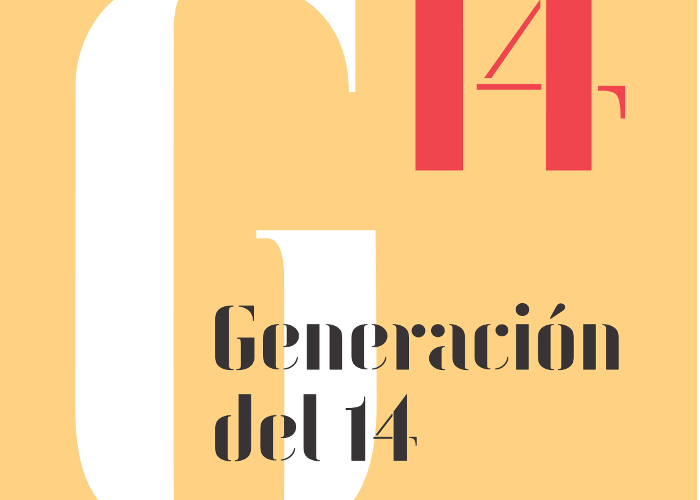
In the convulse political and social context of the Great War of 1914, the entrance of the Modernity in Europe was marked by the scientific and intellectual revolution - the work of Einstein, Planck, Bohr and Freud - that changed forever how the world was conceived. With the great influence of Giner de los Ríos and the entire universe around the Institución Libre de Enseñanza (Free Educational Institution), the Generation of ‘14, includes those people who were born between 1880 and 1890 and made the Europeanisation of Spain, as Ortega would say, their generational frame. These personalities conceived Europe as science, reason, university, culture, research... In short, modernity. Because of this, their solution to the so called Spain’s problem was related to the creation of a new Spain, vital, that scientifically, was at the same level as the most advanced European countries, contributing in an active way to the development of the modern culture.
Science was de keyword for the Generation of ‘14, which encouraged the modernisation of Spain and in which the scientific area had an essential role in the social, cultural and politic life in the country. This is the first generation in the History of Spain that is not formed by men connected exclusively to the world of letters. That generation brought to modernity the most diverse branches of the experimental scientific knowledge (medicine and related sciences, engineering, physics, chemistry, mathematics, etc.), introducing in our country these scientific disciplines and importing the most advanced investigation techniques and methods. Cajal’s research (a men from the previous generation) in the field of histology and neuroscience involved a great hit that led him to receive the Nobel Prize for Medicine in 1906. The creation of the Junta para Ampliación de Estudios e Investigaciones Científicas (Institution for the widening of studies and scientific investigations) (1907) added some fresh air to the impoverished Spanish scientific and educational landscape.
The exhibition is structured focusing in, first of all, the situation that the world was facing around 1914, year in which, according to Hobsbwam, the 19th century ended and the 20th started. Then it pays attention to the milestones that marked the birth of the generation of ‘14 to, immediately, go deeper in the scientific, theoretical and experimental aspect, which is at the origin of this generational group. The exhibition continues focusing on the summit of this generation in the twenties, when they occupied the centre of the national reality and made possible their generational ideology. They also achieved to show other cultural realities (Catalan, Basque and Galician) that coincided and also made possible that moment of splendour that characterised Spain in those years. Finally, it has a substantial importance, as it is shown so, the relationship of the generation of 14 with America and intellectuals and scientists who towered then all around that continent.











